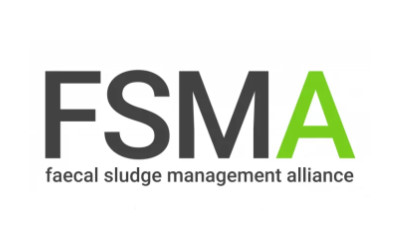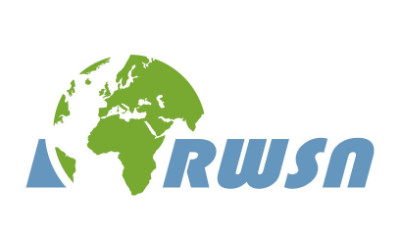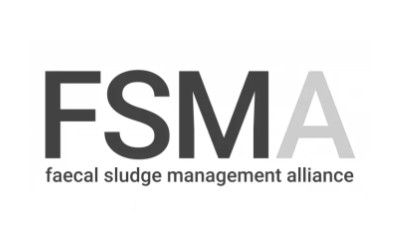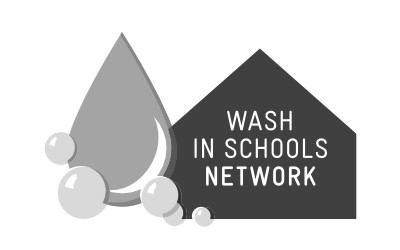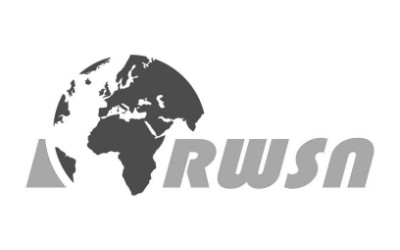Why is this important
 The current management practices in most urban local bodies are dependent on data that is static and largely incomplete. The missing data invariably pertains to the supply and demand side; moreover, there is a huge time lag in information flow across management structure. An asset data management system to improve data dissemination (in a map-based platform) that can be easily shared across management structures is urgently required.
The current management practices in most urban local bodies are dependent on data that is static and largely incomplete. The missing data invariably pertains to the supply and demand side; moreover, there is a huge time lag in information flow across management structure. An asset data management system to improve data dissemination (in a map-based platform) that can be easily shared across management structures is urgently required.
Contents
2. Develop an improved online data management system
3. Develop a mobile application for remote and easy updating and mapping of data
4. Populate database (regular data collection and update)
5. Training and capacity building
7. Inform planning and policy processes

How to go about it
To aid and monitor service level improvements across public toilets, cities are advised to create and regularly update an online public toilet asset inventory – a compilation of the data collected in the supply and demand analysis on the existing levels of infrastructure and service deliveries, contrasted against norms and identified service standards. The user can enter new inventory data, update existing details and search the inventory based on specific parameters. Thus, the inventory constitutes the ideal Public Toilet Mismanagement System (PTMS) – a planning, management and monitoring tool to assess the cities’ public toilet status, gaps and service level improvements or deterioration.

The development and effective use of an online asset inventory system should include the following steps:
1. Assess the current system
Review the current data management system against an improved framework to see the gaps, and build a robust system for better decision making and accountability (framework).
The PT Management System (PTMS) is a snapshot of the status of the current systems and institutional delivery mechanisms in the city across different locations and public toilets. It provides a map and list of existing toilets, their service delivery status as well as service related or structural deficiencies and gaps. As such, it facilitates the monitoring and flow of information between different actors (user, city, operator) that is required for the effective management and timely planning, decision making as well as implementation of corrective measures.
2. Develop an improved online data management system
Create an improved online data management system (public toilet asset inventory) including tools to collect and disseminate data and trainings. This will help integrate the system as the municipality’s official data management system.
Define online toilet asset inventory database format (basis for data collection in supply & demand analysis)
The database structure of the PTMS needs to be designed to systematically obtain relevant information for the 6 public toilet management themes and sub-themes. (Figure) It is essential to determine all data requirements for the complete PTMS and use the subsequent framework to build the questionnaire for data collection (supply and demand assessment – census of all toilet locations, existing inventory of infrastructure, user data and perception).

Develop online database system and mobile application
The online database system should have all the required datasets, query and retrieval features, integrated with available online maps in open-source platforms. Provisions should be made for designated authorities to be informed about actions required and for them to actively engage in the asset management of the PT. The online data management system will allow viewing, updating and managing data on a periodic basis on the city map. Maps from the municipality or CSP should be used. To develop the e-governance framework, technical and governance aspects need to be developed:
- Information and communications technology (ICT) interface including hardware (server space, mobile phones) and software (database, front-end tools, maps, web-interfaces, mobile application).
- Governance framework determines datasets and indicators, architecture for decision-making supported by relevant sets of data and human resources.
3. Develop a mobile application for remote and easy updating and mapping of data
To facilitate data collection and monitoring as well as supporting the timely dissemination and escalation of data related to complaints, a mobile application should be designed to (1) upload real-time data onto the database from the field, and (2) escalate issues to the correct line department for action.

4. Populate database (regular data collection and update)
The survey team needs to collect data (demand and supply analysis) and enter collected data in the PT management system through a web interface (Figure) or automatic update using the mobile application. There should be regular data collection by operators and the monitoring team responsible for maintaining the inventory database.

5. Training and capacity building
Emphasis should be on training and capacity building of data collectors, managers and those responsible for monitoring so they can manage PT administration through the new system.
6. Monitoring
Monitoring of the PT status by the municipality through regular data updates and review is essential.
7. Inform planning and policy processes
Planners and decision makers should use the inventory to identify areas of actions and devise PT strategies.
Application On Ground
Shimla
The project reviewed the current data management system of the municipal corporation to design an online data and asset management system for public toilets (inventory) and to validate the completeness and quality of existing PT data. There was focus on the requirements of women, physical inventory and status of all public toilets as well as maintenance and training requirements. The new online inventory system (shimla.akara.co.in) has helped Shimla to identify the investment requirements for major and minor renovation. Categorizing the data highlighted the areas requiring renovation i.e. number of taps not working, painting status, roof condition, floor condition etc., based on which the sanitary inspectors in-charge could estimate the likely costs for renovation (total cumulative cost of Rs. 28,000,000).
Tirupati
The City developed an online public toilets inventory (http://tgiz.akara.co.in/index.php?p=sanlist, Inventory search & query: http://tgiz.akara.co.in/index.php?p=sansearch, Mapping of PT: http://tgiz.akara.co.in/index.php?p=vasmap) that can be used for monitoring of toilet maintenance and for future planning. It provides a snapshot of existing services rendered by the city and is a one-stop shop for information regarding the toilets’ condition. While planning for future demand, the online inventory was used to locate toilets and prioritize their implementation (around 25 toilets are to be constructed by 2017). Moreover, using the online inventory or mobile application, users can locate nearby public toilets and file complaints or report operator defaults, thereby contributing to the monitoring of the PT infrastructure, service provision and operator compliance. Responsibilities and a structure within the municipality to support the monitoring of PT are currently being defined.






